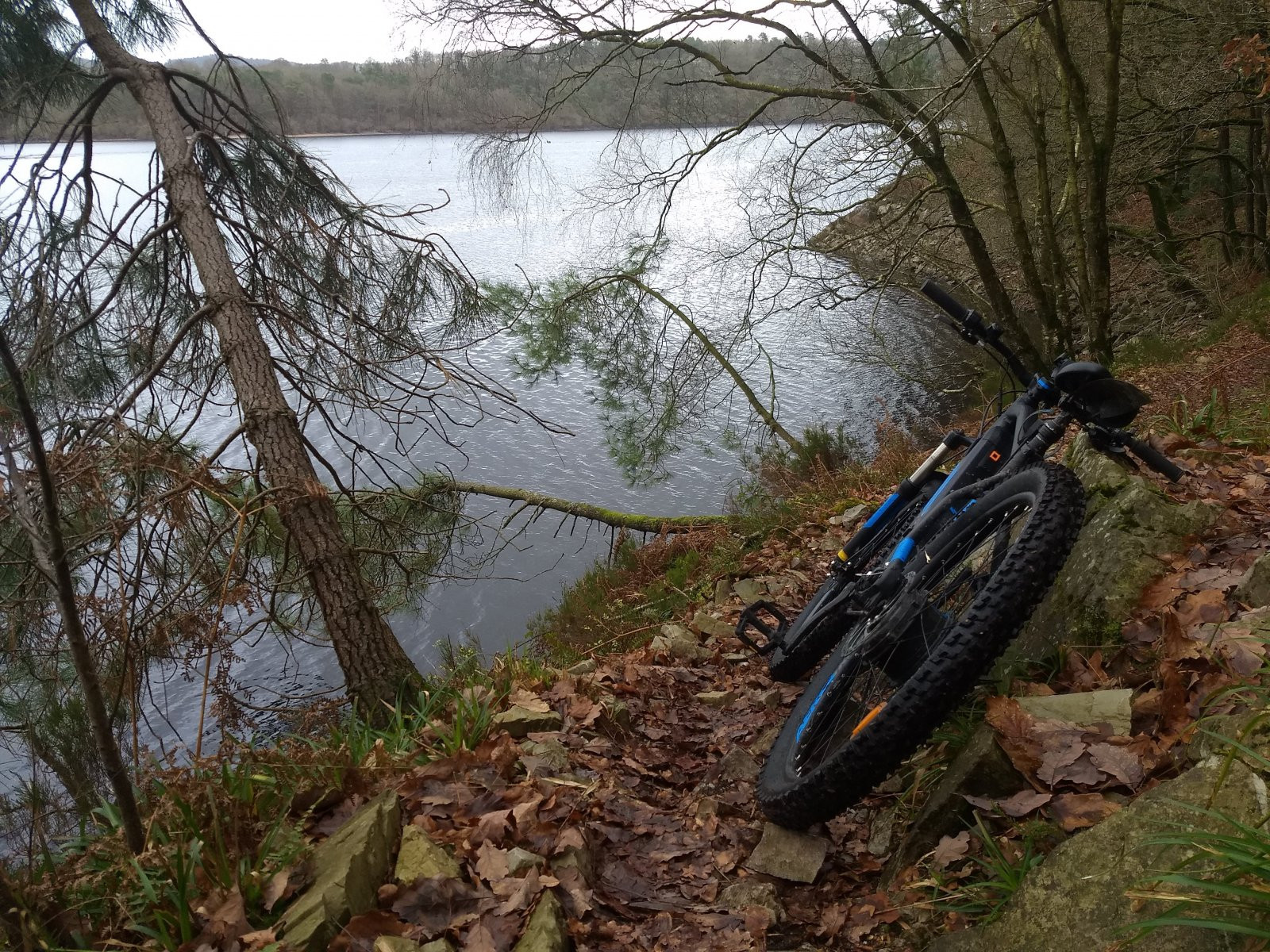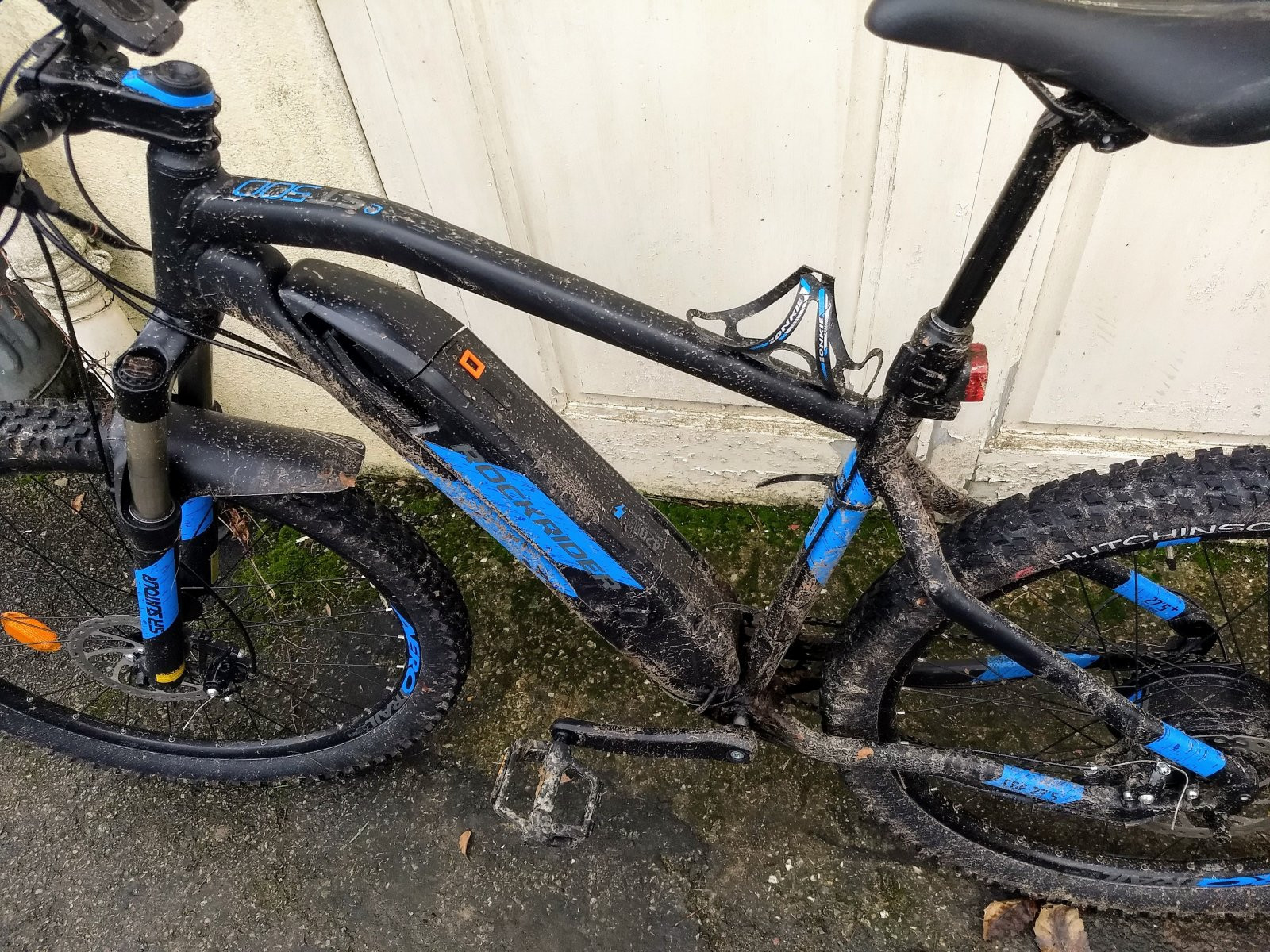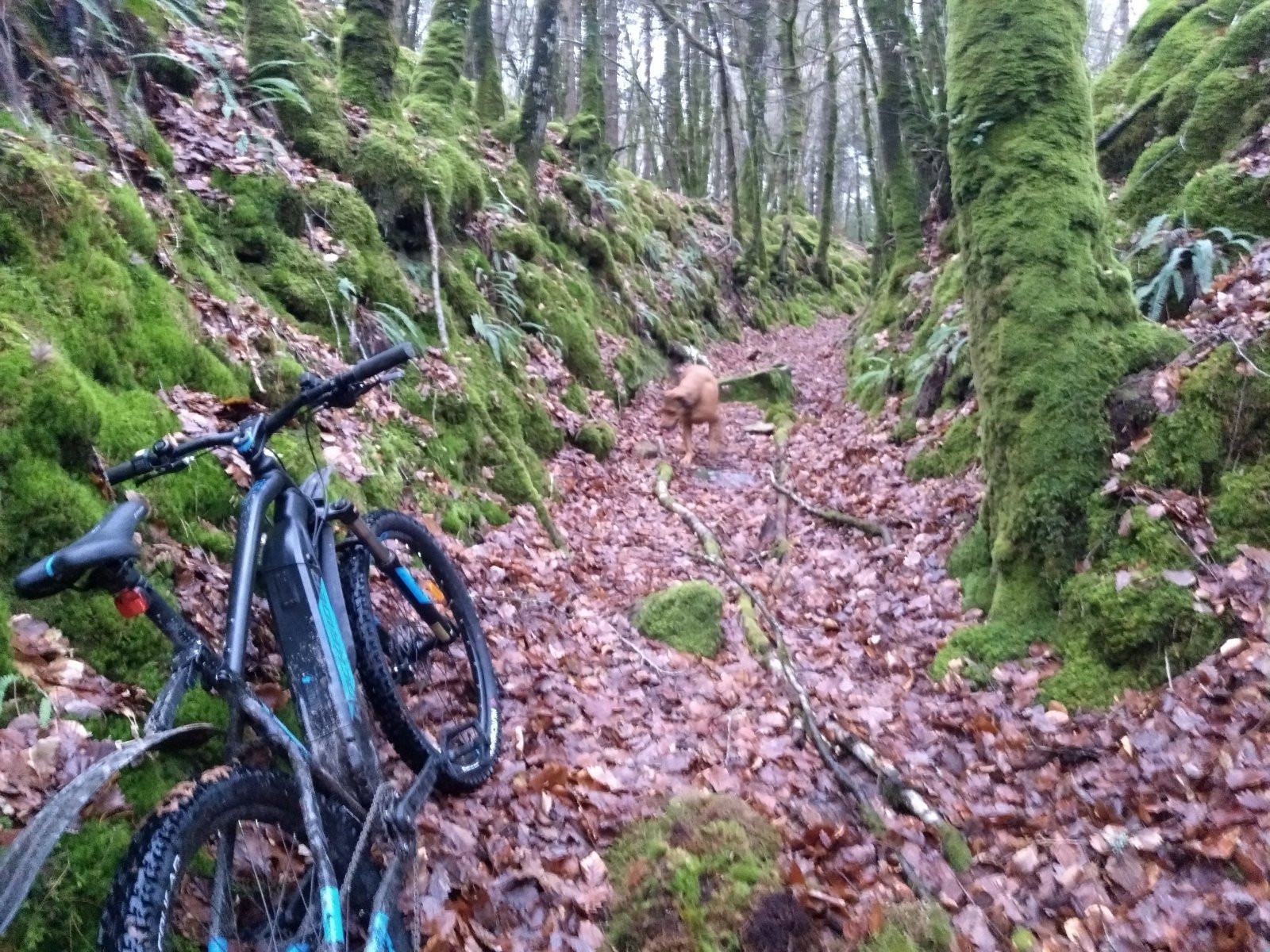The Rockrider Bike, particularly models like the E-ST500 (now potentially renamed), often sparks debate, especially when compared to higher-end electric mountain bikes. It’s crucial to remember the price point: around €1000. This is comparable to the cost of just the motor on many mid-mounted e-bikes, immediately highlighting Rockrider’s focus on affordability. This bike wasn’t conceived around a mid-motor; instead, it pioneered a style later adapted for mid-motor models within the Rockrider range. Let’s delve into a balanced perspective on this budget-friendly e-MTB.
One of the first points frequently raised is about components. The tires are often criticized, and it’s true they are likely specced for less aggressive terrain. However, this aligns with the bike’s intended user base: individuals riding on simpler lanes and tracks. While the lights might not be integrated into the system’s wiring, their inclusion at this price point is a significant bonus, as many e-MTBs in higher brackets omit lights altogether. Interestingly, saddle comfort is subjective, and contrary to some expectations, many users find the stock saddle adequate.
Fork performance is another area of common critique. Acknowledging their limitations, it’s inaccurate to say the bike is strictly limited to on-road use. In fact, for light off-road trails, it can outperform a non-electric hardtail mountain bike, offering a surprising level of capability for its entry-level status. Gear shifting performance generally receives less negative feedback, suggesting it’s functional for the bike’s intended use. Braking, however, can be an area for improvement. Older models used cable-operated disc brakes, and while hydraulic versions might now be available, braking power should be assessed based on specific model year. Early versions of the E-ST500 did suffer from water ingress issues affecting the motor and battery connections, but these reliability concerns are reportedly addressed in more recent iterations.
 d4.jpg
d4.jpg
Rider on a Rockrider bike navigating a trail, showcasing the bike’s capability on varied terrain.
The choice of a hub motor presents both advantages and disadvantages. For beginners tackling drops, the rear-mounted weight distribution can actually be beneficial, reducing the risk of going over the handlebars. Conversely, this rear-heavy design, combined with a sharp power delivery, can make the front wheel lift easily on steep climbs, requiring rider adjustment. The display, while perhaps not the most intuitive, does offer essential reset functions, a feature surprisingly absent on some more expensive brands.
A notable characteristic of this hub motor system is its “torque” sensing mechanism, which isn’t a true torque sensor. It operates by detecting pedal movement, specifically when the left pedal passes the top of its stroke. This triggers full power delivery, which continues until the system infers you’ve stopped pedaling. This on/off power delivery can be less refined than torque-sensing mid-motors and could be challenging in technical terrain or tight spaces, demanding careful throttle management.
Despite initial reliability issues now resolved, the Rockrider e-bike presents itself as an enjoyable and accessible option for its price. Its capabilities extend to most trails you’d consider on a standard e-MTB, albeit at a slower pace and with less technical prowess than mid-motor counterparts.
 d42.jpg
d42.jpg
Close-up of a Rockrider bike’s front wheel and suspension fork, highlighting entry-level components.
It’s not designed for aggressive, high-speed riding or big jumps. Instead, it excels at leisurely trail exploration and enjoying the scenery. Adding a dropper post significantly enhances its usability and maneuverability on trails.
 d43.jpg
d43.jpg
Side view of a Rockrider bike on a trail, emphasizing the frame geometry and overall bike design.
While falls might be more frequent initially as riders adapt to its handling characteristics, particularly at speed, the Rockrider bike proves to be surprisingly versatile.
 d44.jpg
d44.jpg
Action shot of a Rockrider bike rider going downhill on a trail, showcasing the bike in motion.
In conclusion, the Rockrider bike offers a compelling entry point into the world of electric mountain biking. It’s a capable machine for trail riding within reasonable limits, especially considering its budget-friendly price. While it may not match the performance of mid-motor e-bikes in speed or technical terrain, it provides a fun and accessible experience for riders seeking an affordable e-MTB for exploring trails and enjoying the outdoors.
 d45.jpg
d45.jpg
Rockrider bike parked on a scenic trail, inviting exploration and adventure.
